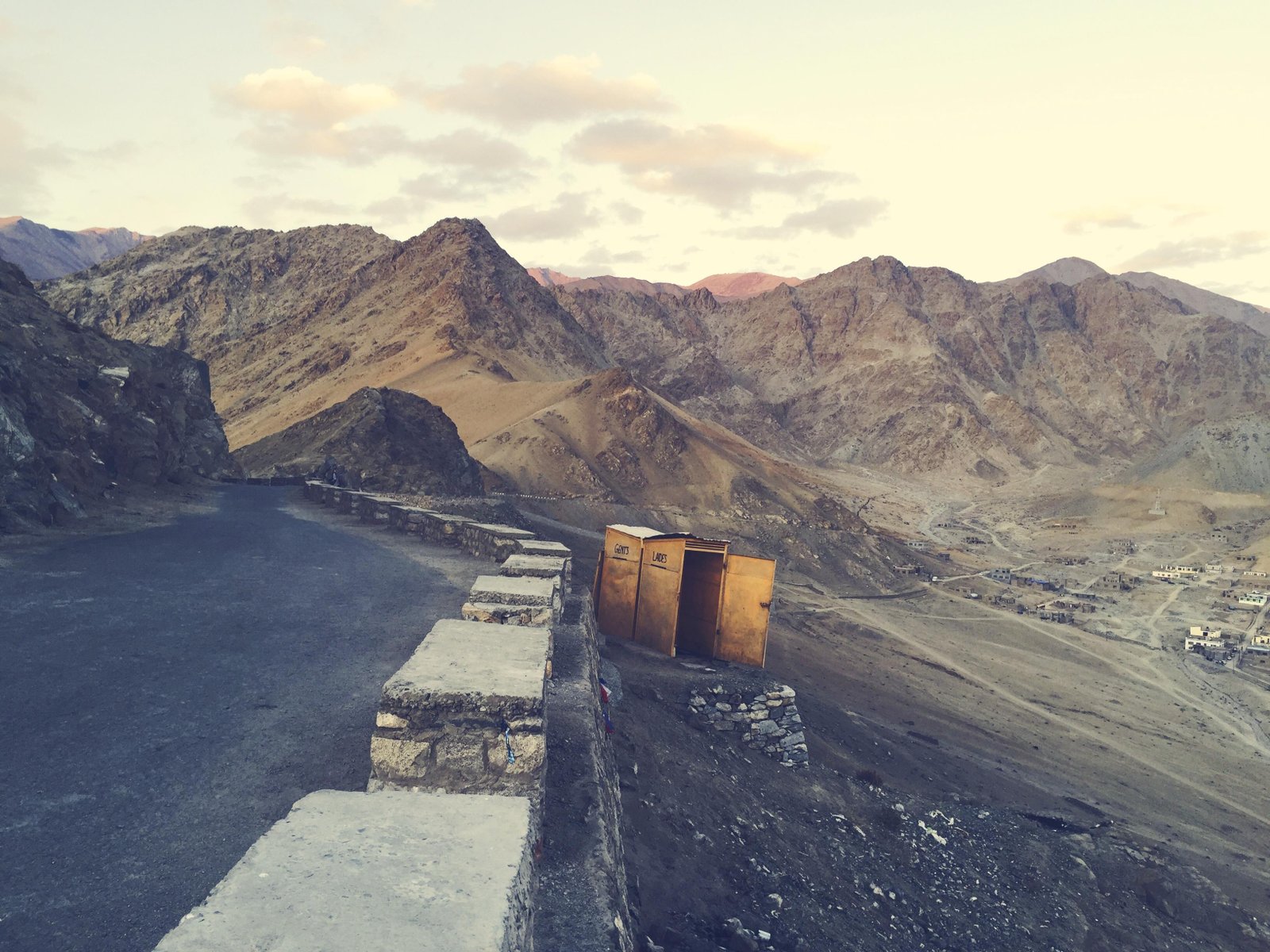No products in the cart.
Discover the opportunities and environmental costs of the mining industry in Laos, from economic growth to sustainability concerns.

Laos is rich in natural resources such as gold, copper, and potash. Mining is a significant contributor to the economy, attracting foreign investment and generating export revenues. However, the industry also raises serious environmental and social concerns, from deforestation to community displacement.
Why Mining Matters in Laos
Economic Contribution: Key source of foreign exchange earnings.
Job Creation: Provides employment in rural areas.
Infrastructure Development: Attracts investment in transport and energy.
Export Growth: Strengthens Laos’ trade balance.
Global Partnerships: Connects Laos with international mining companies.
Key Opportunities and Risks
Opportunities:
Expanding copper and gold exports.
Potash mining for agricultural use.
Foreign direct investment in mineral exploration.
Risks:
Deforestation and water pollution.
Community displacement.
Over-reliance on extractive industries.
Limited revenue sharing with local communities.
Example in Laos
The Sepon Gold and Copper Mine is one of the largest mining operations in Laos. While it generates significant revenue, it has also sparked debates about environmental sustainability and fair distribution of benefits.
Conclusion
Mining in Laos is a double-edged sword—fueling economic growth but raising environmental and social concerns. A balanced approach with stricter regulations and community engagement is needed for long-term sustainability.
About CITS Laos
CITS Laos supports companies, NGOs, and government agencies working in the mining and resource sector. We create bilingual websites, digital transparency platforms, and SEO strategies that highlight responsible mining practices. Our goal is to ensure that Laos’ mining sector communicates its value while addressing sustainability challenges.